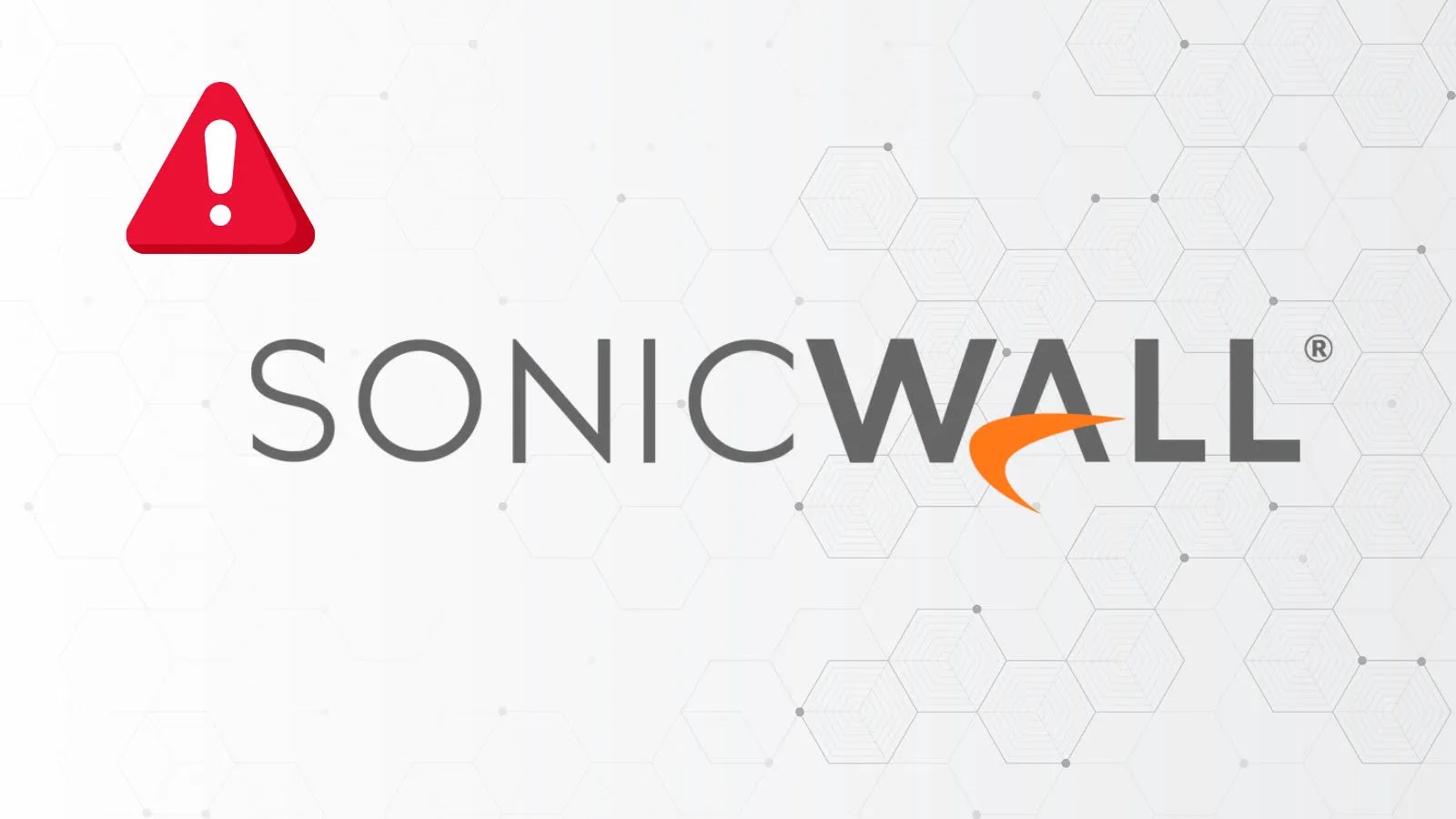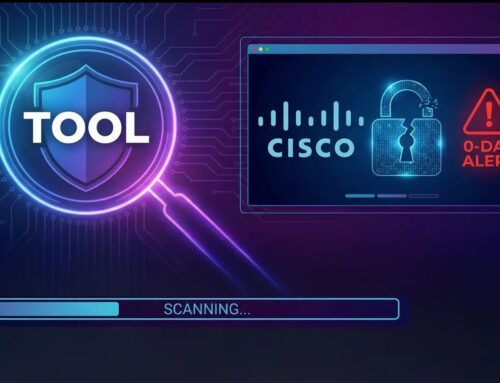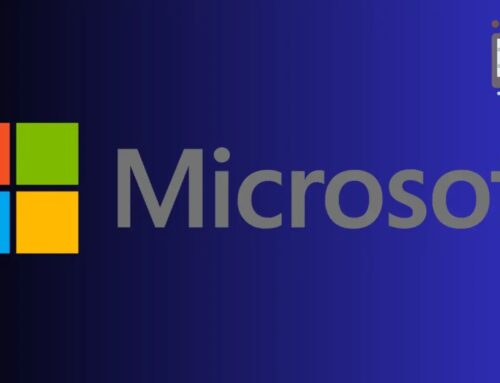
ACSC Warns Of Sonicwall Access Control Vulnerability Actively Exploited In Attacks
Organizations leveraging SonicWall products are facing a critical security alert. The Australian Cyber Security Centre (ACSC) has issued an urgent warning regarding a severe zero-day access control vulnerability, actively exploited in ongoing cyberattacks. This developing threat demands immediate attention from all IT and security teams utilizing affected SonicWall devices.
The flaw, identified as CVE-2024-40766, impacts multiple generations of SonicWall firewalls and carries a formidable CVSS score of 9.3. This high severity rating underscores the significant risk of unauthorized access and potential data compromise organizations now face. Understanding the nature of this vulnerability and implementing timely countermeasures is paramount to safeguarding network infrastructure.
Understanding the SonicWall Access Control Vulnerability (CVE-2024-40766)
The core of this critical issue lies within an access control vulnerability. In essence, this type of flaw allows an attacker to bypass intended security restrictions, potentially gaining unauthorized access to sensitive systems or functionalities that should otherwise be protected. For SonicWall firewalls, this could translate to an attacker gaining control over the device, altering configurations, or accessing internal network resources.
Given its active exploitation, organizations must treat CVE-2024-40766 with the utmost urgency. Zero-day exploits, by definition, target vulnerabilities for which no official patch or fix has been publicly released or widely adopted, making initial defense challenging. The active exploitation confirmed by ACSC indicates that threat actors are successfully leveraging this weakness to compromise vulnerable SonicWall deployments.
Affected SonicWall Products
The ACSC’s alert specifies that CVE-2024-40766 affects multiple generations of SonicWall firewalls. While specific models were not detailed in the initial alert, it is prudent for all organizations using SonicWall firewall products to assume they are potentially vulnerable until official vendor guidance specifies otherwise. This broad impact horizon necessitates a comprehensive review of all SonicWall assets within an organization’s perimeter.
Remediation Actions and Mitigation Strategies
Immediate action is critical for any organization utilizing SonicWall firewalls. While specific patches for CVE-2024-40766 are eagerly awaited, several proactive measures can significantly reduce risk exposure and mitigate potential damage:
- Monitor Vendor Advisories: Continuously monitor official SonicWall security advisories and announcements for patch releases and specific mitigation instructions regarding CVE-2024-40766.
- Isolate and Segment: Implement stringent network segmentation to limit the blast radius if a SonicWall device is compromised. Isolate critical assets from potentially vulnerable network segments.
- Strengthen Access Controls: Review and enforce the principle of least privilege for all access to SonicWall management interfaces. Utilize multi-factor authentication (MFA) for administrative accounts.
- Audit Logs and Traffic: Increase scrutiny on SonicWall firewall logs for unusual activity, unauthorized access attempts, or suspicious outbound connections. Implement robust network traffic monitoring.
- Disable Unnecessary Services: Review and disable any unnecessary services or ports exposed on the SonicWall firewall. Reduce the attack surface where possible.
- Regular Backups: Ensure regular and secure backups of SonicWall configurations and critical data, stored off-site, to enable rapid recovery in case of compromise.
Tools for Detection and Mitigation
While direct detection tools for CVE-2024-40766 may emerge, general cybersecurity tools can aid in overall posture improvement and threat detection:
| Tool Name | Purpose | Link |
|---|---|---|
| Endpoint Detection and Response (EDR) Solutions | Detect suspicious activity on compromised endpoints that might result from a firewall breach. | Gartner EDR Info |
| Security Information and Event Management (SIEM) Systems | Aggregate and analyze logs from SonicWall and other network devices for anomalous behavior. | Splunk SIEM |
| Network Intrusion Detection/Prevention Systems (NIDS/NIPS) | Monitor network traffic for known attack signatures or unusual patterns of activity. | SNORT |
| Vulnerability Scanners | Regularly scan internal and external networks for known vulnerabilities and misconfigurations. | Tenable Nessus |
Organizational Impact of Active Exploitation
The active exploitation of CVE-2024-40766 means that organizations are already at immediate risk. A successful exploitation could lead to:
- Unauthorized access to internal networks.
- Data exfiltration or destruction.
- Installation of malware, including ransomware.
- Disruption of critical business operations.
- Reputational damage and potential regulatory fines.
The critical CVSS score of 9.3 for CVE-2024-40766 signifies a severe threat that can be exploited remotely with low complexity, potentially requiring no user interaction. This makes the vulnerability highly attractive to threat actors and underscores the urgency of addressing it.
Conclusion
The ACSC’s warning regarding the actively exploited SonicWall access control vulnerability (CVE-2024-40766) highlights a significant and immediate threat to organizations globally. Proactive and swift action is paramount. Security teams must prioritize monitoring SonicWall’s official communications for patches, implementing robust mitigation strategies, and enhancing their overall security posture. Remaining vigilant is the strongest defense against evolving cyber threats.





